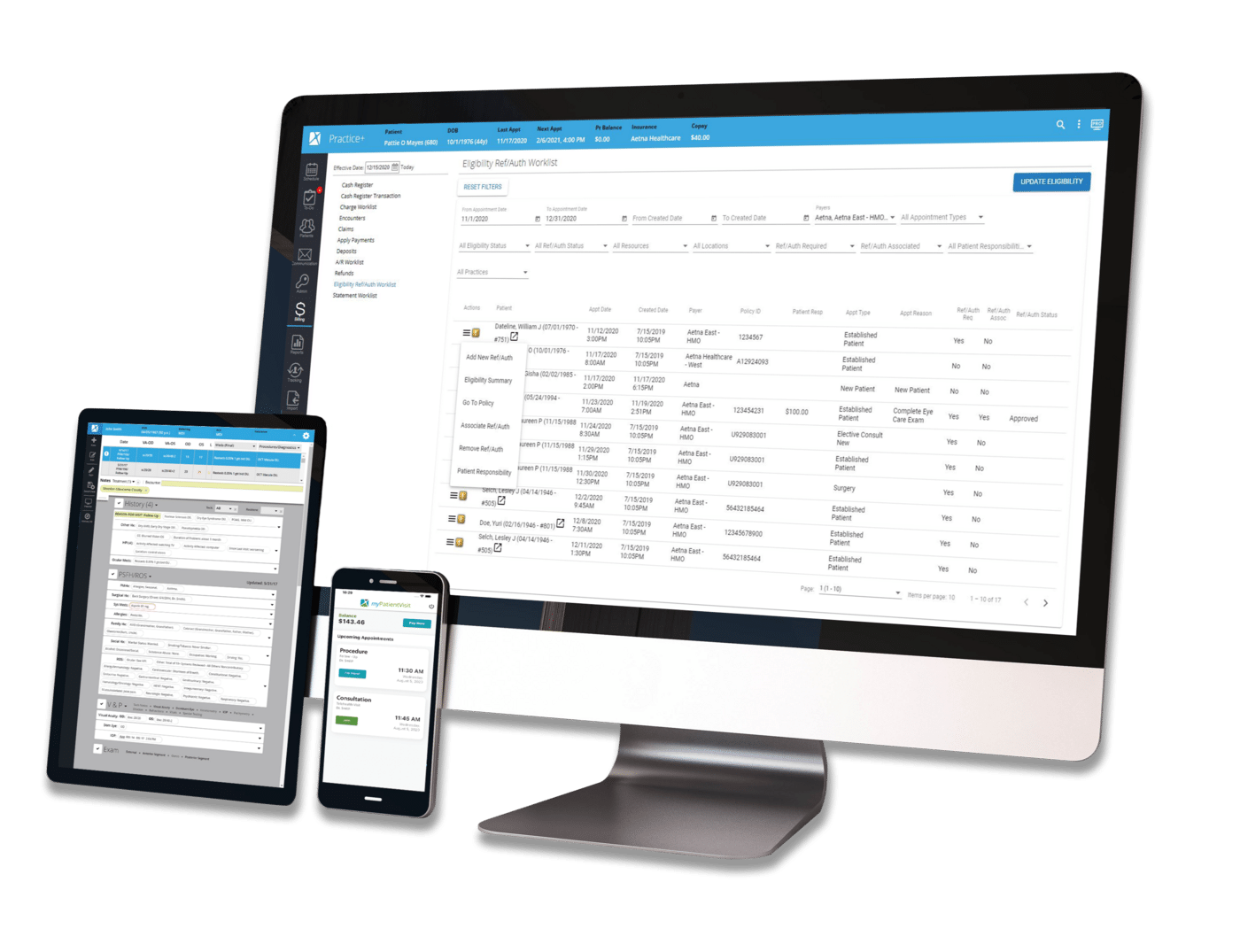Latest Articles
The latest news and information regarding electronic medical records, practice management software, HIPAA, and security from Nextech.

By:
Nextech
March 11th, 2015
In a February series of Nextech webinars, James H. Leach – CEO of Detroit-based E&M Consulting, a national supplier of training in medical documentation and coding, shared his perspective on ICD-10. Presenting separately to providers in ophthalmology, dermatology and plastic surgery, Leach began each webinar with a helpful pointer on reference materials and good advice about “diving in.” In his opening comments:

By:
Nextech
March 10th, 2015
Hello, and welcome to the Nextech blog! Today we will be discussing key differences between ICD-9 and ICD-10. As you probably already know, the largest single difference between these two coding languages is that ICD-10 is far more expansive than the over 30 year old ICD-9 code set. ICD-9, with a total of 14,000 diagnosis codes and 4,000 procedure codes, is somewhat limited in its ability to describe and denote patient conditions and procedures. ICD-10 will be able to generate 68,000 diagnosis codes and 87,000 procedure codes. This added range of capability is due to an expansion of the coding structure. The transition, scheduled for October 1, 2015, is still a daunting undertaking for those who did not move to electronic medical records for Meaningful Use. Nextech has a unique approach to simplifying ICD-10 by building codes for you while you chart. Thanks for watching the Nextech blog, and be sure to check out our other ICD-10 resources.


By:
Kathy Claytor
March 5th, 2015
The meaningful use program was designed by the Centers for Medicare and Medicaid Services with the aim of improving the efficiency, security and quality of EHRs. It has gone through some ups and downs as well as some delays since it began in 2011. Meaningful use stage 2 has been extended through 2016, and stage 3 has been delayed until 2017. At that point, providers who have completed at least two years of stage 2 can begin the next level of attestation. Many providers, however, know little about the third and final part of the CMS incentive program.

By:
Kathy Claytor
March 4th, 2015
Integrating ICD-10 software is an overwhelming task for even the largest healthcare enterprises; however, it is especially daunting for small- and medium-sized practices that have limited resources. For that reason, the Centers for Medicare and Medicaid Services, which requires that all providers covered by the Health Insurance Portability Accountability Act comply with ICD-10 requirements by October 2015, provides the "Road to 10: The Small Physician Practice's Route to ICD-10." This manual serves as a guide down the path to ICD-10 implementation. One of the most important steps along the way is coordinating your efforts with your healthcare IT vendors, according to the CMS guide.

By:
Nextech
March 2nd, 2015
We’ve posted a number of discussions on this blog, in recent months, addressing various issues related to the upcoming transition from ICD-9 to ICD-10. By now, everyone in the healthcare industry should at least be aware that October 1st 2015 is the final deadline for ICD-10 implementation in the United States. A further delay to this deadline failed to pass when Congress approved their “Omnibus” federal funding bill at the close of 2014. Some of those who were still holding out (hoping a delay would allow them another year or two of ICD-9) are now scrambling to be ICD-10 compliant before the deadline, to prevent having their insurance claims denied due to improper coding.

By:
Nextech
February 25th, 2015
As ICD-10 implementation gets closer, many healthcare providers have found themselves struggling to understand the deadline. This is due largely to the fact that the set date has been pushed back several times in an effort to allow all affected parties to prepare accordingly. With that in mind, it's important to recognize that ICD-10, though seemingly far away, is a great deal closer than you think. With the ICD-10 transition date now set for Oct. 1, 2015, take a look at some key information concerning the shift:

Plastic Surgery | Regulatory & Compliance
By:
Nextech
February 23rd, 2015
Medical coding is a shared language that allows clinicians, insurers, and government agencies to effectively share information about a patient’s health. The coders in a plastic surgery practice use codes to communicate diagnoses and treatment procedures to payers.

Ophthalmology | Regulatory & Compliance
By:
Nextech
February 20th, 2015
Coding is the common language that allows ophthalmology clinicians, insurance companies, and government agencies to share and understand information about a patient’s health.